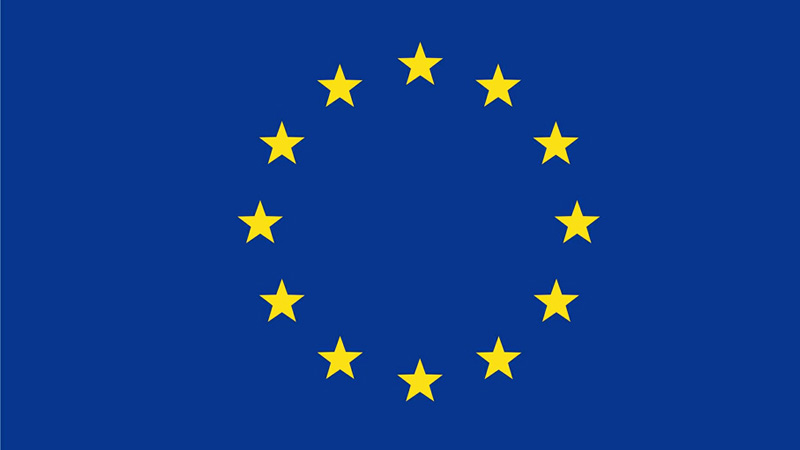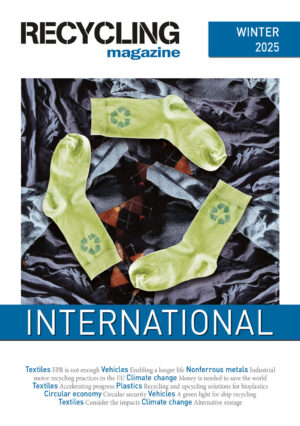The Ecodesign for Sustainable Products Regulation (ESPR) aims to make every product placed on the EU market sustainable by default – starting with design. It establishes a framework to set ecodesign requirements for many products, with the goal of improving circularity, energy performance, and sustainability.
Up to 80% of environmental impacts are determined during a product’s design phase, so approaches that focus only on a product’s end of life are insufficient. The ESPR will help to build sustainability into a product’s whole lifecycle.
The ESPR builds on the successful 2009 Ecodesign Directive, which has significantly reduced the environmental impacts of many energy-related products by incentivising manufacturers to design more energy and resource-efficient products and pushing the worst-performers off the market. In 2020, these policies saved 10% of the EU’s primary energy consumption, avoiding 7% of all greenhouse gas emissions for the bloc.
A market of more sustainable products brings many advantages, with ecodesign offering a way to leverage the power of the single market in the EU and abroad. EU manufacturers can be more competitive based on their environmental credentials, simultaneously benefiting businesses, consumers, and the environment.
Circular economy and the strategic use of resources will also help to deliver EU security and autonomy. Sectors with lower material footprints, and products with fewer resources used, longer lifespans (also through reuse and repair), and high energy efficiency all contribute to long-term stability by ensuring limited resources are used more wisely. This can be achieved by setting solid targets and a high bar for ESPR implementation.
Consumers are demanding better and higher quality products. They want products to be healthy and durable; they don’t want to pay again and again for a new phone but instead, buy it once and have it last. They also want to be properly informed when making purchasing decisions – which the ESPR will help with by providing more transparency and traceability throughout supply chains. This will also benefit waste handlers and recyclers when they’re processing materials for reuse.
Products that are designed to be toxic-free (e.g., with hazardous chemicals removed and replaced with less harmful ones) will also greatly benefit consumers. Human health is affected by such substances even if it’s not immediately visible.
The ESPR will eventually apply to almost all products on the EU market, but we are only at the beginning of a lengthy implementation process, so most will not be dealt with until (much) later. The first Working Plan will confirm a list of priority products. Products that have been mentioned as likely possibilities include:
‘Final’ products such as apparel textiles, furniture, and tyres. ‘Intermediate’ products such as iron, steel, and aluminium. ‘Horizontal’ requirements such as measures on repairability and recyclability and recycled content.
ECOS has advocated for plastics and polymers to also be included as a priority, as well as footwear.
With preparatory studies underway, work on two priority products is already in progress: apparel textiles and steel.
Other sectors are not expected to be included in the first Working Plan, and so will not have sustainability or information requirements to adhere to until much later – 2030 at the very earliest.
So far, the indicative timeline for product requirements to be adopted is:
- Textiles/Apparel: End of 2026 or early 2027
- Furniture: 2028
- Tyres: 2027
- Steel: Q4 2026
- Aluminium: 2027
Certain horizontal requirements will also be adopted earlier, including:
- Repairability (including scoring): 2026
- Recyclability and recycled content of electric and electronic equipment: 2028
Each set of product requirements will have their own date of application, which cannot be earlier than 18 months from their entry into force. For example, in the case of apparel, the application of the first requirements could be foreseen for 2028.
Some measures of the ESPR will apply sooner than individual product requirements – such as the ban on the destruction of unsold apparel and footwear (mid-2026 for larger companies, later for SMEs), and reporting of unsold goods of other types.
Among the ESPR’s measures is an obligation for medium and large companies to disclose the number and weight of the products that they do not sell and that they discard. They must also specify where discarded products end up (e.g., preparing for reuse, recycling, other recovery including energy recovery, or disposal). The European Commission will use this information to evaluate whether to prohibit the destruction of unsold products – one of the most wasteful practices.
Between 4-9% of all textile products put on the market are destroyed before being used. This amounts to up to 594,000 tonnes of textiles destroyed unnecessarily every year. Because of this, a ban on destroying unsold clothing and footwear was already included in the ESPR – a very positive step. However, it will be implemented with some exceptions, and exactly what those will be is still being debated ahead of secondary legislation expected to be published in June or July 2025.
Exceptions to the ban should be as limited as possible – only applying to cases where (preparing for) reuse is truly impossible. For example, no exception should be made for goods to be destroyed if they have been offered for donation and have not been accepted because companies would then have no incentive to reassess and decrease how much they put on the market.
The European Commission currently applies a vertical approach under ecodesign, meaning that requirements are developed product by product. This approach is time-consuming and fails to sufficiently address urgent environmental problems.
Horizontal requirements are those that apply to all products in a sector, making the process much more efficient in comparison to looking at products one by one. For example, including a horizontal requirement for repairability shows the Commission is fast-tracking this and looking into reinforcing EU citizens’ right to repair.
There will be different priorities and timelines per sector, but the overall aim is the same: phase out the worst-performing products via product requirements as quickly as possible while introducing information requirements on substances of concern and other environmental impacts.
The ESPR can also reduce the amount of raw material that goes into producing goods for the EU market. In 2019, the material footprint in the EU was 18.7 tonnes per capita, the second highest in the world after North America. Products that last longer, are more reusable and repairable, and are overall more sustainable will help to address this.
Most urgently, ECOS wants to see:
- For iron and steel: Performance requirements set on key indicators such as greenhouse gas emissions, energy intensity and water use. Information requirements to improve recyclability.
- For textiles: Performance requirements that ensure textiles are of high quality, more durable, reusable, repairable, and non-toxic. Limits on the shedding of microplastics from synthetic textiles. Textile products that are manufactured with zero pollution targets and have fewer environmental and social impacts throughout their value chains. Information requirements on substances used in the textile value chain, and accompanying restrictions to prevent the use of hazardous substances which are then discharged into waterways.
- For electronics: Horizontal requirements that will improve the material efficiency of electronic products more quickly and efficiently – when products have similar attributes, an individual approach is too slow.
- An effective ban on the destruction of unsold goods: Destroying functional products without a good reason is one of the most wasteful practices out there. Rules against this must not be watered down by introducing too many exceptions. For example, the proposed derogation allowing goods that are not accepted for donation to be destroyed should not be adopted.











